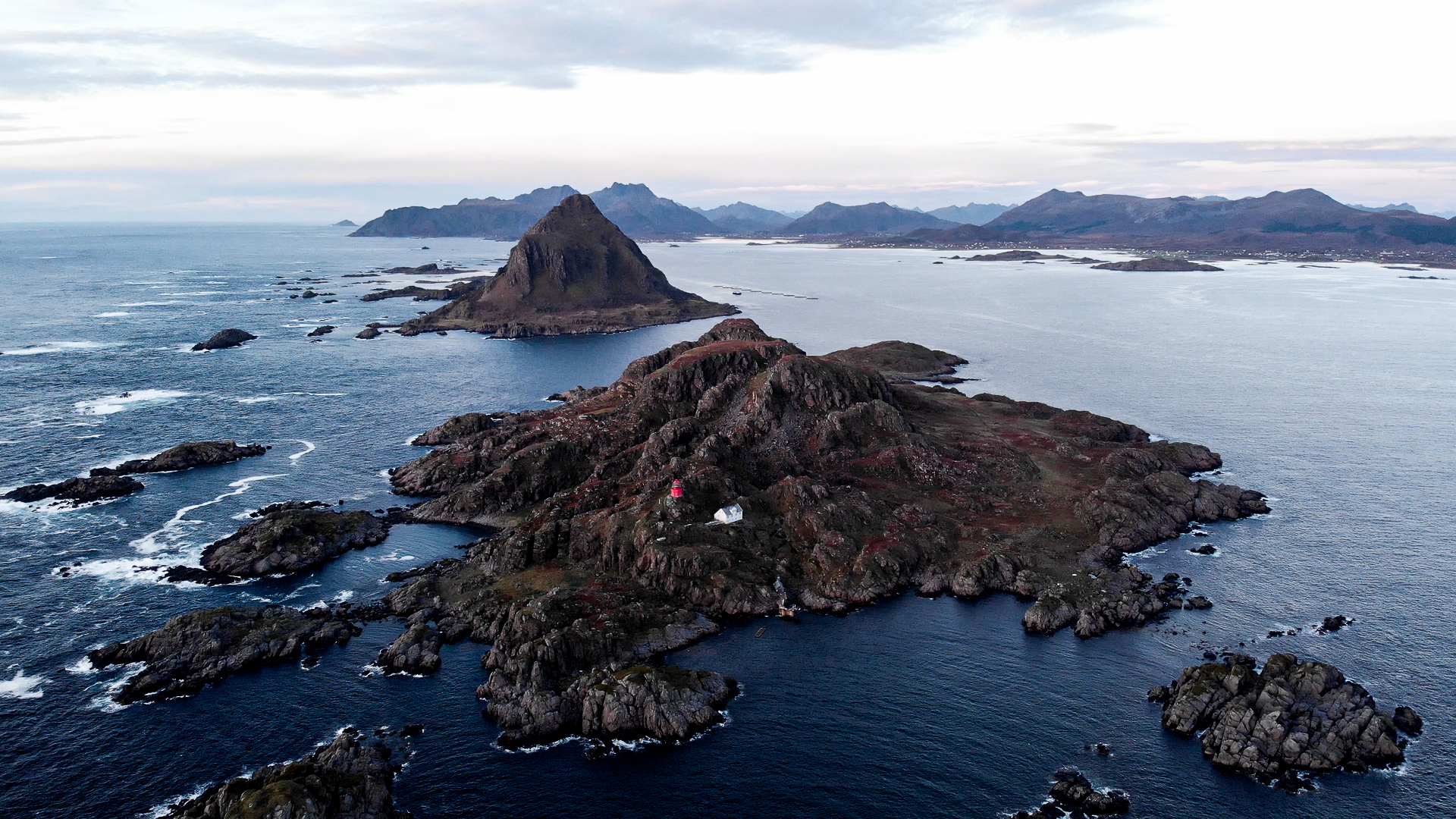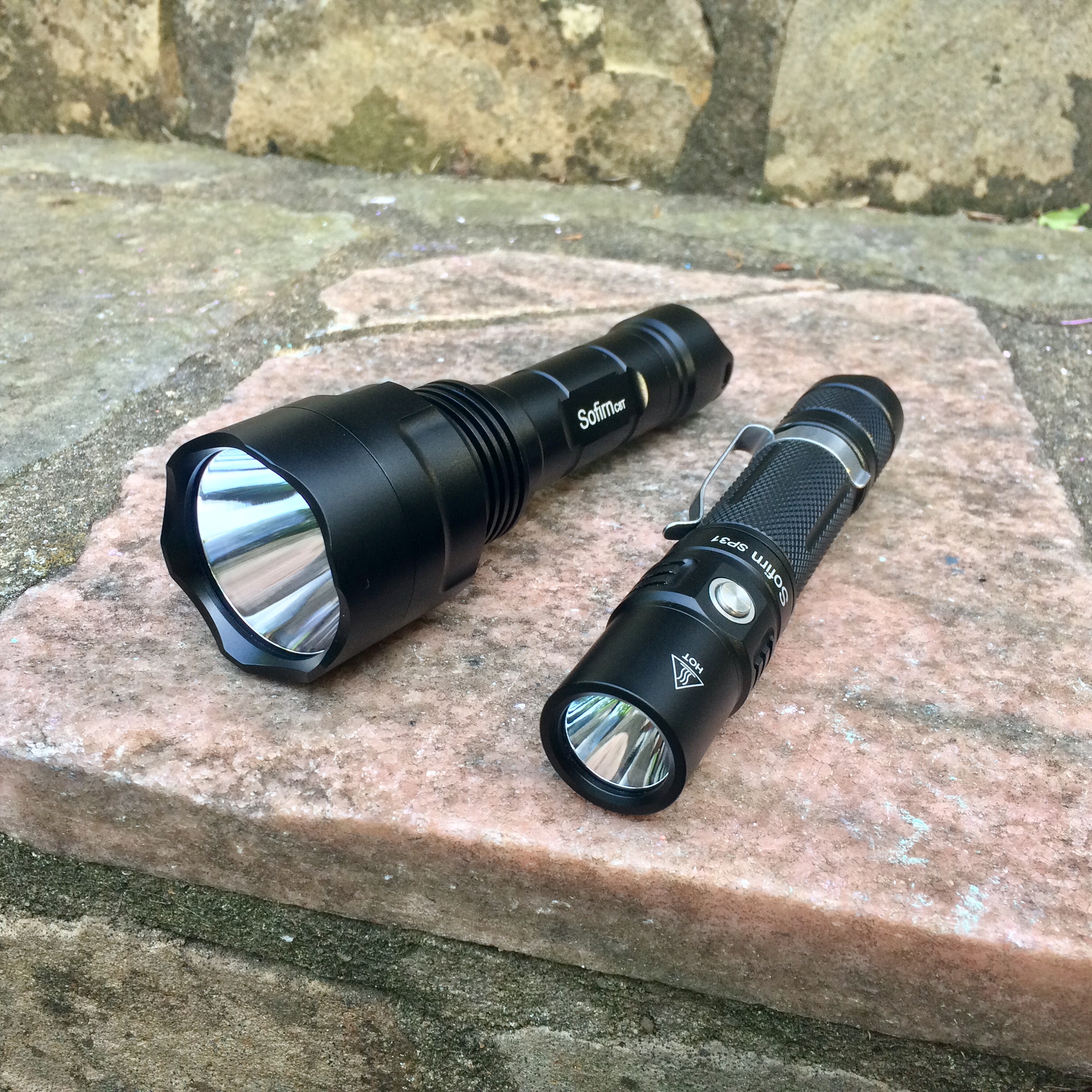|
Litløya
Litløya () is a small island in Bø Municipality in Nordland county, Norway. It is part of the Vesterålen archipelago, about southwest of the village of Bø on the coast of the large island of Langøya. The island is best known for the Litløy Lighthouse located on the western part of the island. Its highest point on the island is the tall Litløytinden. History From the Middle Ages until the 20th century, the island (together with its neighbour Gaukværøya) was a busy seaport and centre for local fishermen. There were 71 inhabitants registered on Litløya in 1865. Fishing was the main source of income for the residents and when the cod arrived in springtime many regional neighbours came flocking to take part. In 1895, there were 875 fishermen registered at Litløya and Gaukværøya, and in 1890 there were 880 inhabitants registered. These numbers probably included fishermen from other municipalities who were living there temporarily. Once inhabitants on the "mainland" ... [...More Info...] [...Related Items...] OR: [Wikipedia] [Google] [Baidu] |
Litløy Lighthouse
Litløy Lighthouse () is a coastal lighthouse in Bø Municipality (Nordland), Bø Municipality in Nordland county, Norway. It is located on the island of Litløya in the Vesterålen archipelago, which overlooks the nearby Lofoten islands. History The lighthouse and the adjoining buildings were built in 1912, and the light itself was electrified in 1959. In 1991, the light was automated. The people who worked at Littleisland Lighthouse remained, however, first and foremost to do maintenance at the lighthouse and nearby beacons. Secondly, there was a need to keep shipping activity under observation, both to control and assist if need be. There was also a meteorological weather station on the island. Eventually the cost of keeping the staff at the island caused the lighthouse to be depopulated on 26 June 2003. Private ownership In 2005–06, the Norwegian Coastal Administration (NCA) sold 20 lighthouses along the coast of Norway. One of these was Litløy Lighthouse. Bø Municipal ... [...More Info...] [...Related Items...] OR: [Wikipedia] [Google] [Baidu] |
Bø Municipality (Nordland)
Bø is a List of municipalities of Norway, municipality in Nordland Counties of Norway, county, Norway. It is part of the Vesterålen Districts of Norway, region. The administrative centre of the municipality is the village of Straume, Nordland, Straume which is where municipal administration, a grocery store, and a gasoline station are located. In addition to this, the urban area of Bø, Vesterålen, Bø (including Steine and Vinje), which is the largest urban area in the municipality and it has a grocery, liquor store, swimming pool, movie theater, Bø Church (Nordland), Bø Church, and additional service infrastructure. Other smaller villages include Gimstad, Fjærvoll, Straumsjøen, Skårvågen, Søberg, Malnes, Eidet, Bø, Eidet, Guvåg, Hovden, Nordland, Hovden, Klakksjorda, Nykvåg, Utskor, Ringstad, and Vågen, Nordland, Vågen. The municipality is the 289th largest by area out of the 357 municipalities in Norway. Bø is the 249th most populous municipality in Norway wi ... [...More Info...] [...Related Items...] OR: [Wikipedia] [Google] [Baidu] |
Middle Ages
In the history of Europe, the Middle Ages or medieval period lasted approximately from the 5th to the late 15th centuries, similarly to the post-classical period of global history. It began with the fall of the Western Roman Empire and transitioned into the Renaissance and the Age of Discovery. The Middle Ages is the middle period of the three traditional divisions of Western history: classical antiquity, the medieval period, and the modern period. The medieval period is itself subdivided into the Early, High, and Late Middle Ages. Population decline, counterurbanisation, the collapse of centralised authority, invasions, and mass migrations of tribes, which had begun in late antiquity, continued into the Early Middle Ages. The large-scale movements of the Migration Period, including various Germanic peoples, formed new kingdoms in what remained of the Western Roman Empire. In the 7th century, North Africa and the Middle East—once part of the Byzantine Empire� ... [...More Info...] [...Related Items...] OR: [Wikipedia] [Google] [Baidu] |
Iron Age
The Iron Age () is the final epoch of the three historical Metal Ages, after the Chalcolithic and Bronze Age. It has also been considered as the final age of the three-age division starting with prehistory (before recorded history) and progressing to protohistory (before written history). In this usage, it is preceded by the Stone Age (subdivided into the Paleolithic, Mesolithic and Neolithic) and Bronze Age. These concepts originated for describing Iron Age Europe and the ancient Near East. In the archaeology of the Americas, a five-period system is conventionally used instead; indigenous cultures there did not develop an iron economy in the pre-Columbian era, though some did work copper and bronze. Indigenous metalworking arrived in Australia with European contact. Although meteoric iron has been used for millennia in many regions, the beginning of the Iron Age is defined locally around the world by archaeological convention when the production of Smelting, smelted iron (espe ... [...More Info...] [...Related Items...] OR: [Wikipedia] [Google] [Baidu] |
Stone Age
The Stone Age was a broad prehistory, prehistoric period during which Rock (geology), stone was widely used to make stone tools with an edge, a point, or a percussion surface. The period lasted for roughly 3.4 million years and ended between 4000 Anno Domini, BC and 2000 BC, with the advent of metalworking. It therefore represents nearly 99.3% of human history. Though some simple metalworking of malleable metals, particularly the use of Goldsmith, gold and Coppersmith, copper for purposes of ornamentation, was known in the Stone Age, it is the melting and smelting of copper that marks the end of the Stone Age. In Western Asia, this occurred by about 3000 BC, when bronze became widespread. The term Bronze Age is used to describe the period that followed the Stone Age, as well as to describe cultures that had developed techniques and technologies for working copper alloys (bronze: originally copper and arsenic, later copper and tin) into tools, supplanting ston ... [...More Info...] [...Related Items...] OR: [Wikipedia] [Google] [Baidu] |
Archaeologist
Archaeology or archeology is the study of human activity through the recovery and analysis of material culture. The archaeological record consists of Artifact (archaeology), artifacts, architecture, biofact (archaeology), biofacts or ecofacts, archaeological site, sites, and cultural landscapes. Archaeology can be considered both a social science and a branch of the humanities. It is usually considered an independent academic discipline, but may also be classified as part of anthropology (in North America – the four-field approach), history or geography. The discipline involves Survey (archaeology), surveying, Archaeological excavation, excavation, and eventually Post excavation, analysis of data collected, to learn more about the past. In broad scope, archaeology relies on cross-disciplinary research. Archaeologists study human prehistory and history, from the development of the first stone tools at Lomekwi in East Africa 3.3 million years ago up until recent decades. A ... [...More Info...] [...Related Items...] OR: [Wikipedia] [Google] [Baidu] |
Headlamp
A headlamp is a lamp attached to the front of a vehicle to illuminate the road ahead. Headlamps are also often called headlights, but in the most precise usage, ''headlamp'' is the term for the device itself and ''headlight'' is the term for the beam of light produced and distributed by the device. Headlamp performance has steadily improved throughout the automobile age, spurred by the great disparity between daytime and nighttime traffic fatalities: the US National Highway Traffic Safety Administration states that nearly half of all traffic-related fatalities occur in the dark, despite only 25% of traffic travelling during darkness. Other vehicles, such as trains and aircraft, are required to have headlamps. Bicycle headlamps are often used on bicycles, and are required in some jurisdictions. They can be powered by a battery or a small generator like a bottle or hub dynamo. History of automotive headlamps Origins The first horseless carriages used carriage lamps, ... [...More Info...] [...Related Items...] OR: [Wikipedia] [Google] [Baidu] |
Flashlight
A flashlight (US English) or electric torch (Commonwealth English), usually shortened to torch, is a portable hand-held electric lamp. Formerly, the light source typically was a miniature incandescent light bulb, but these have been displaced by light-emitting diodes (LEDs) since the early 2000s. A typical flashlight consists of the light source mounted in a reflector, a transparent cover (sometimes combined with a lens) to protect the light source and reflector, a battery, and a switch, all enclosed in a case. The invention of the dry cell and miniature incandescent electric lamps made the first battery-powered flashlights possible around 1899. Today, flashlights use mostly light-emitting diodes and run on disposable or rechargeable batteries. Some are powered by the user turning a crank, shaking the lamp, or squeezing it. Some have solar panels to recharge the battery. Flashlights are used as a light source outdoors, in places without permanently installed lighting, during ... [...More Info...] [...Related Items...] OR: [Wikipedia] [Google] [Baidu] |
Seaport
A port is a maritime facility comprising one or more wharves or loading areas, where ships load and discharge cargo and passengers. Although usually situated on a sea coast or estuary, ports can also be found far inland, such as Hamburg, Manchester and Duluth; these access the sea via rivers or canals. Because of their roles as ports of entry for immigrants as well as soldiers in wartime, many port cities have experienced dramatic multi-ethnic and multicultural changes throughout their histories. Ports are extremely important to the global economy; 70% of global merchandise trade by value passes through a port. For this reason, ports are also often densely populated settlements that provide the labor for processing and handling goods and related services for the ports. Today by far the greatest growth in port development is in Asia, the continent with some of the world's largest and busiest ports, such as Singapore and the Chinese ports of Shanghai and Ningbo-Zhoushan. ... [...More Info...] [...Related Items...] OR: [Wikipedia] [Google] [Baidu] |
Lofoten
Lofoten ( , ; ; ) is an archipelago and a Districts of Norway, traditional district in the county of Nordland, Norway. Lofoten has distinctive scenery with dramatic mountains and peaks, open sea and sheltered bays, beaches, and untouched lands. There are two towns, Svolvær and Leknes – the latter is approximately north of the Arctic Circle and approximately away from the North Pole. The archipelago experiences one of the world's largest elevated temperature anomalies relative to its Polar region, high latitude. Etymology In Norway, the archipelago and the area are called Lofoten. There have been many attempts to research the backgrounds and meanings of both the names Lofoten and Ofoten, which have led to many theories, but no definite information. Critical examination has not reached any generally accepted and justified interpretation of the name. According to one explanation ''Lofoten'' () was the original name of the island Vestvågøya. The first element is (i.e.,&nb ... [...More Info...] [...Related Items...] OR: [Wikipedia] [Google] [Baidu] |







